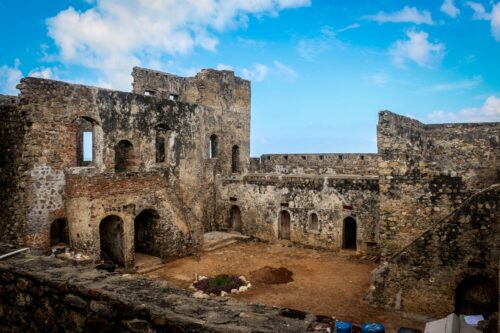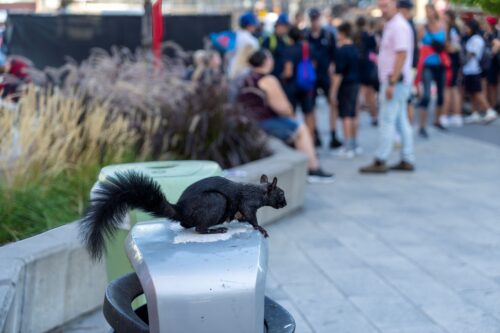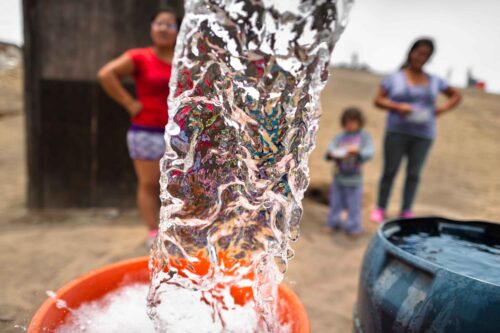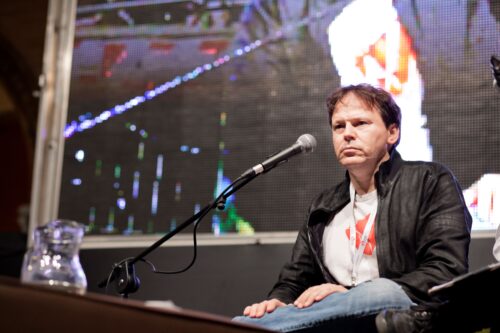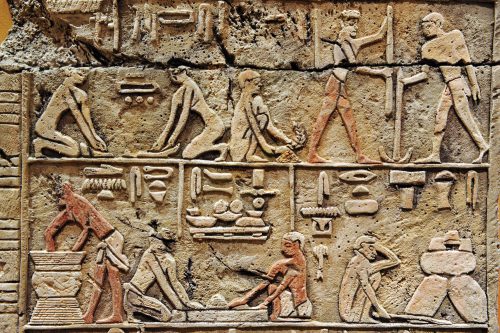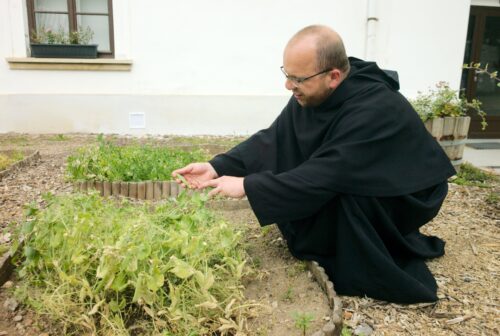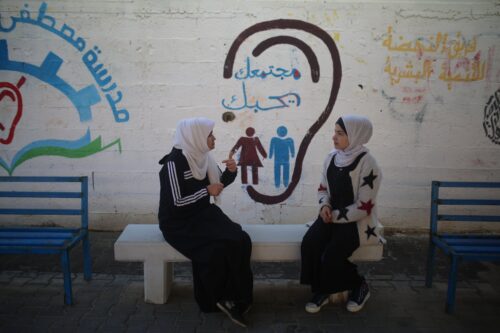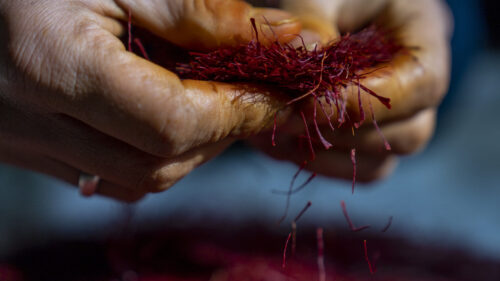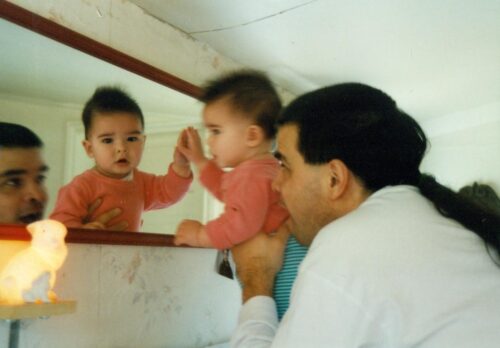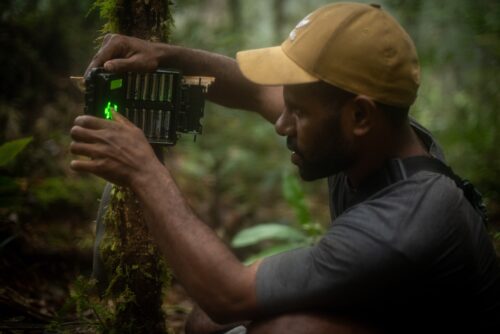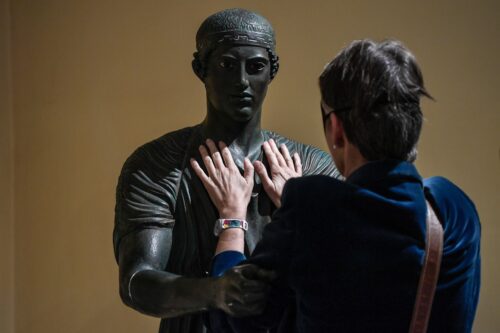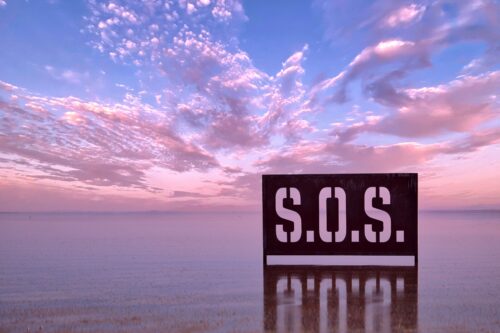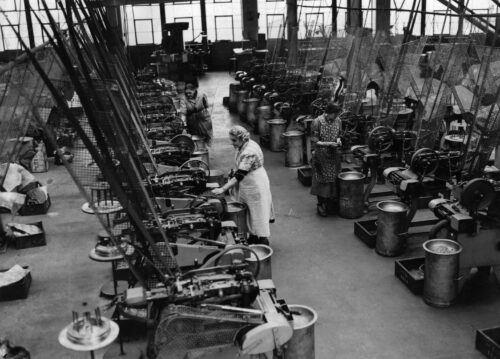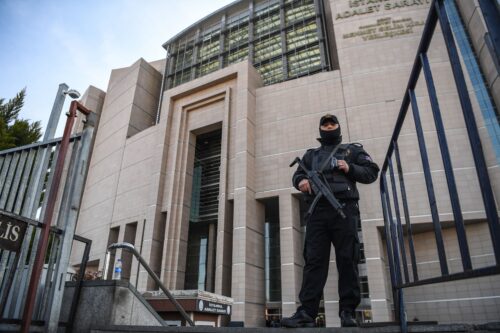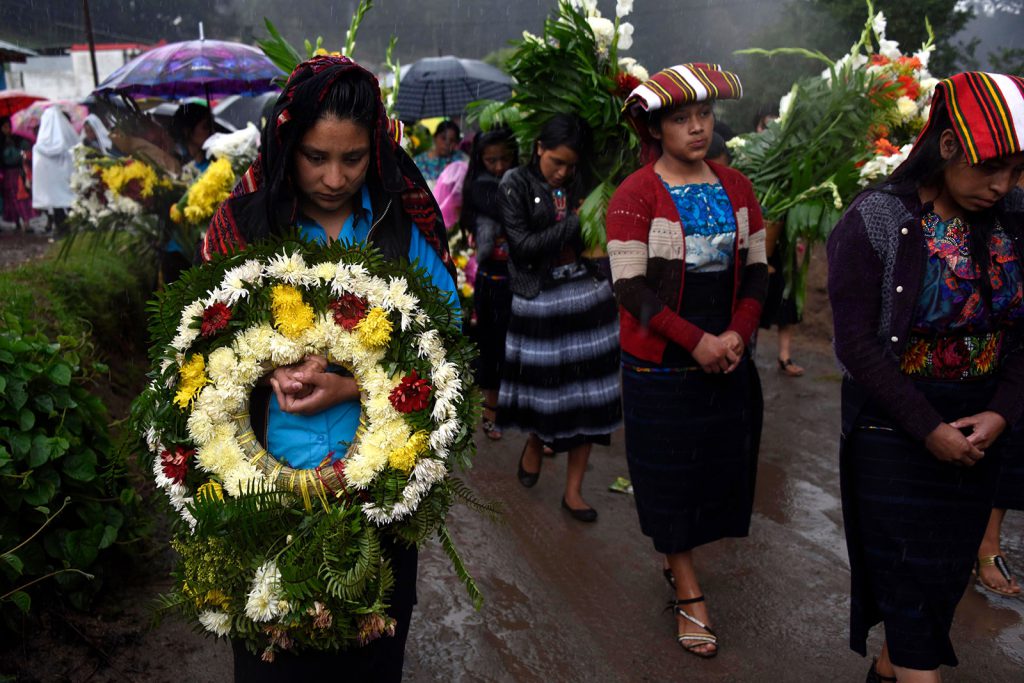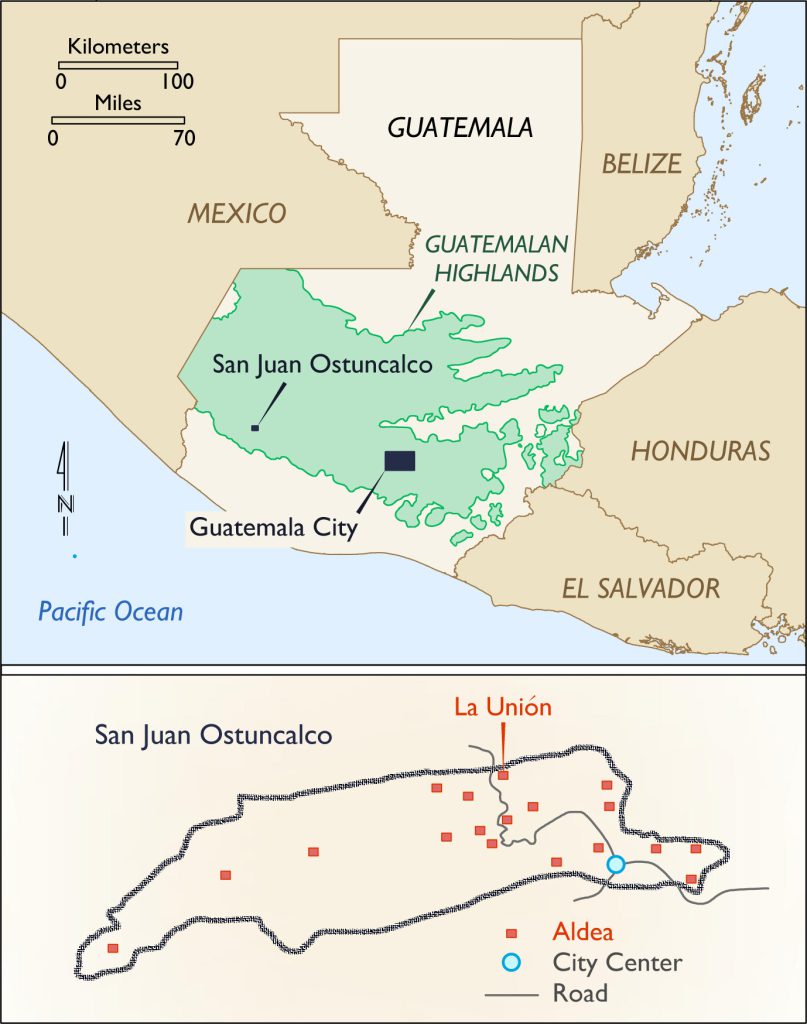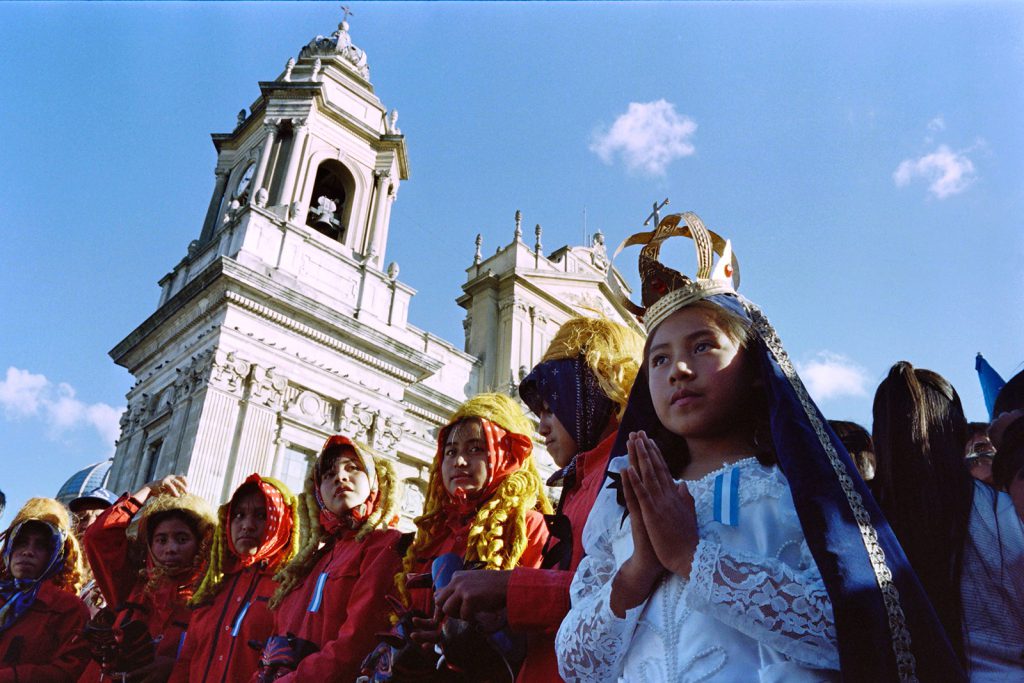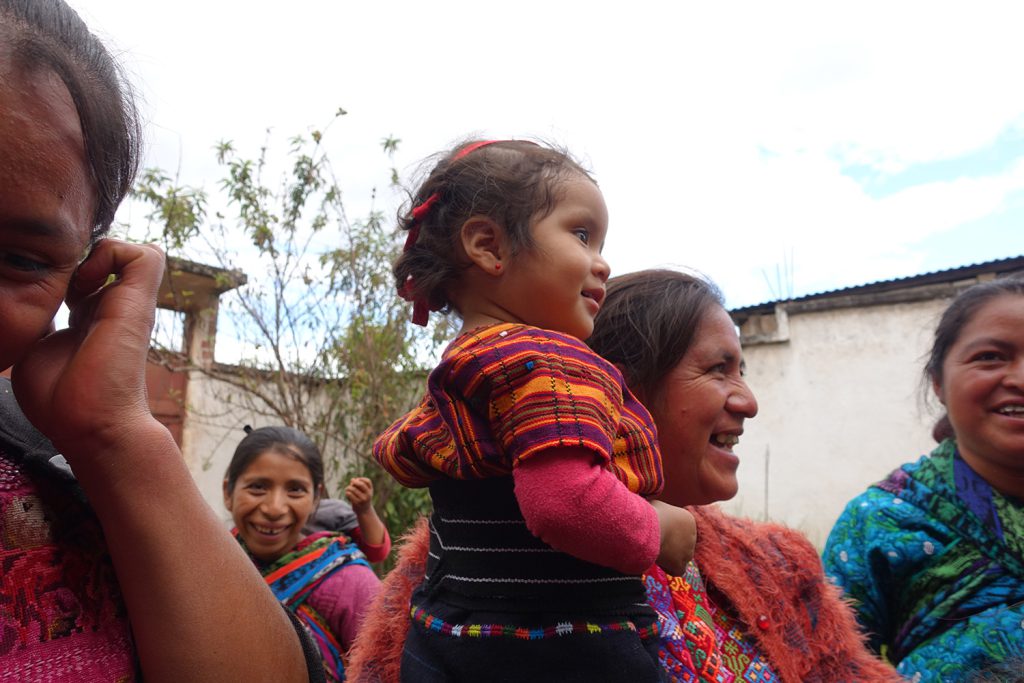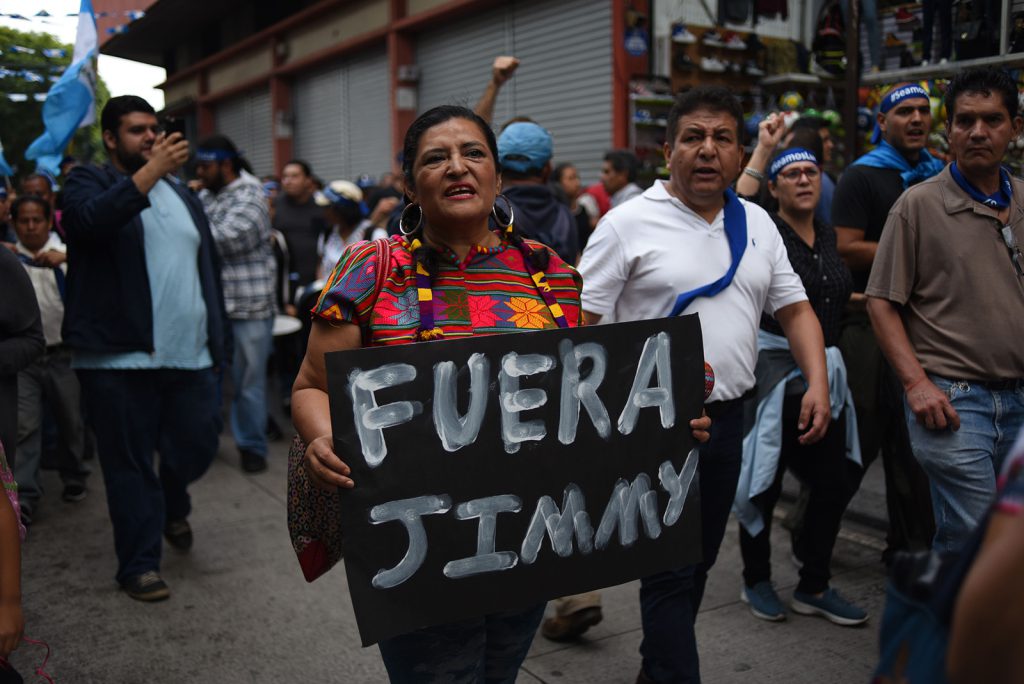Why Are So Many Guatemalans Migrating to the U.S.?
Why Are So Many Guatemalans Migrating to the U.S.?
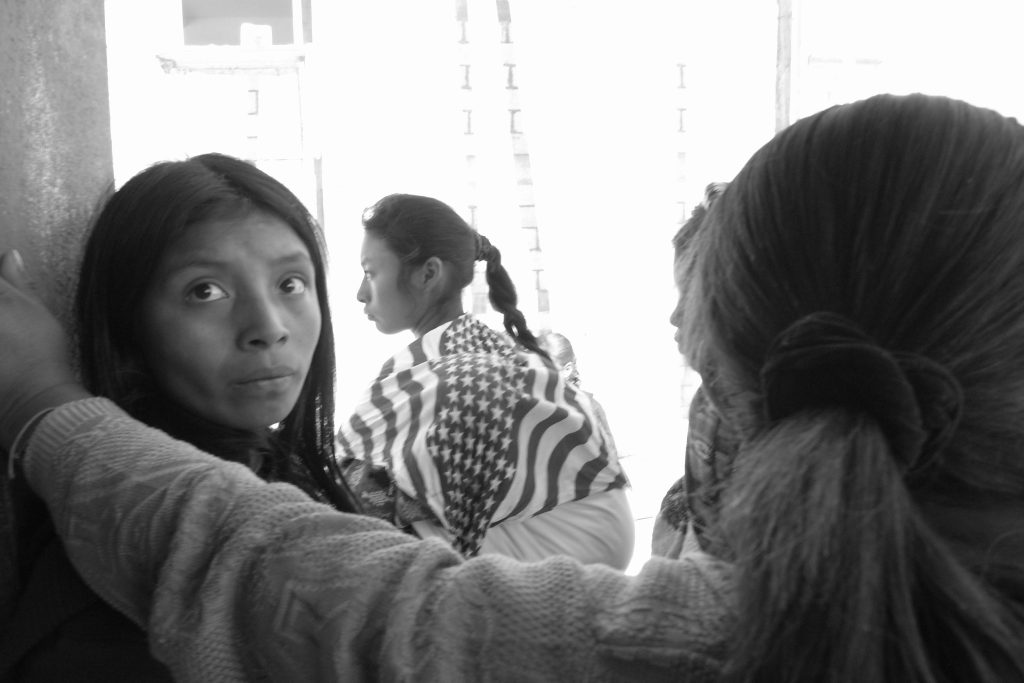

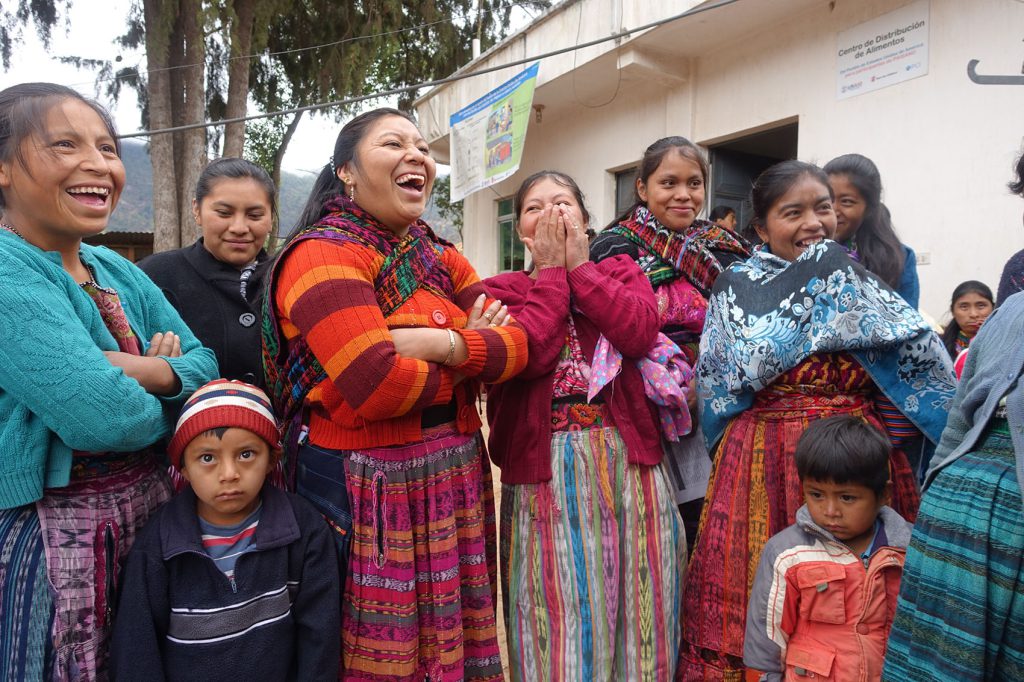
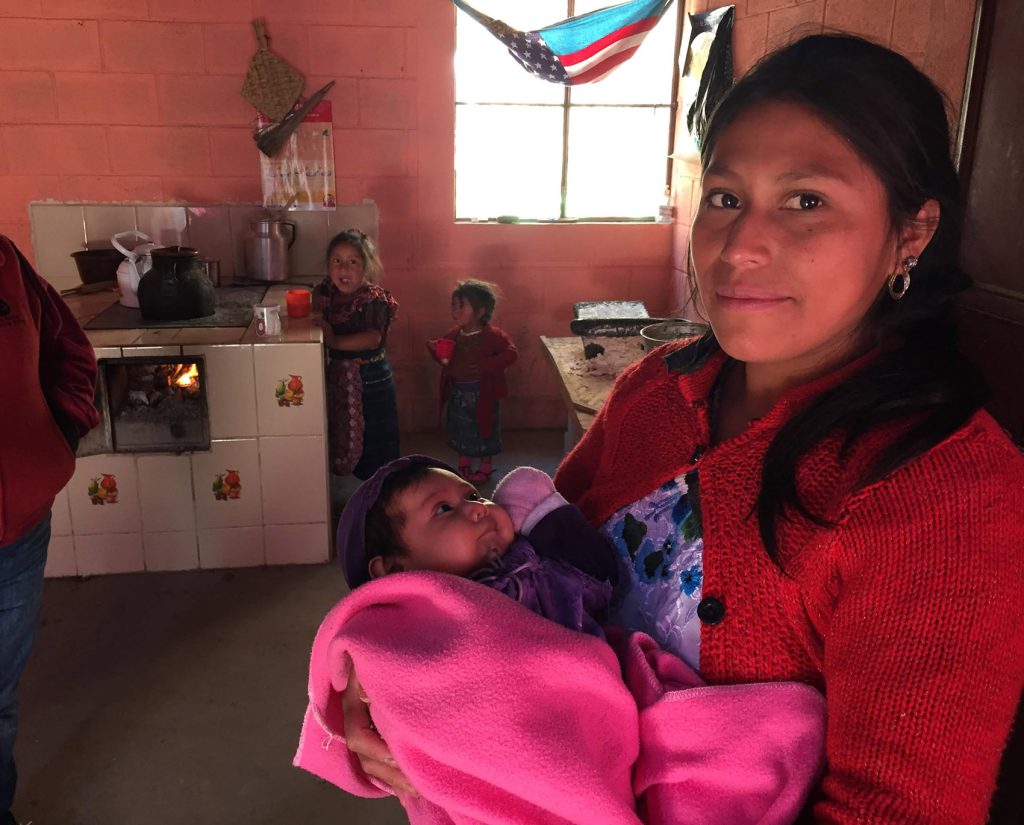
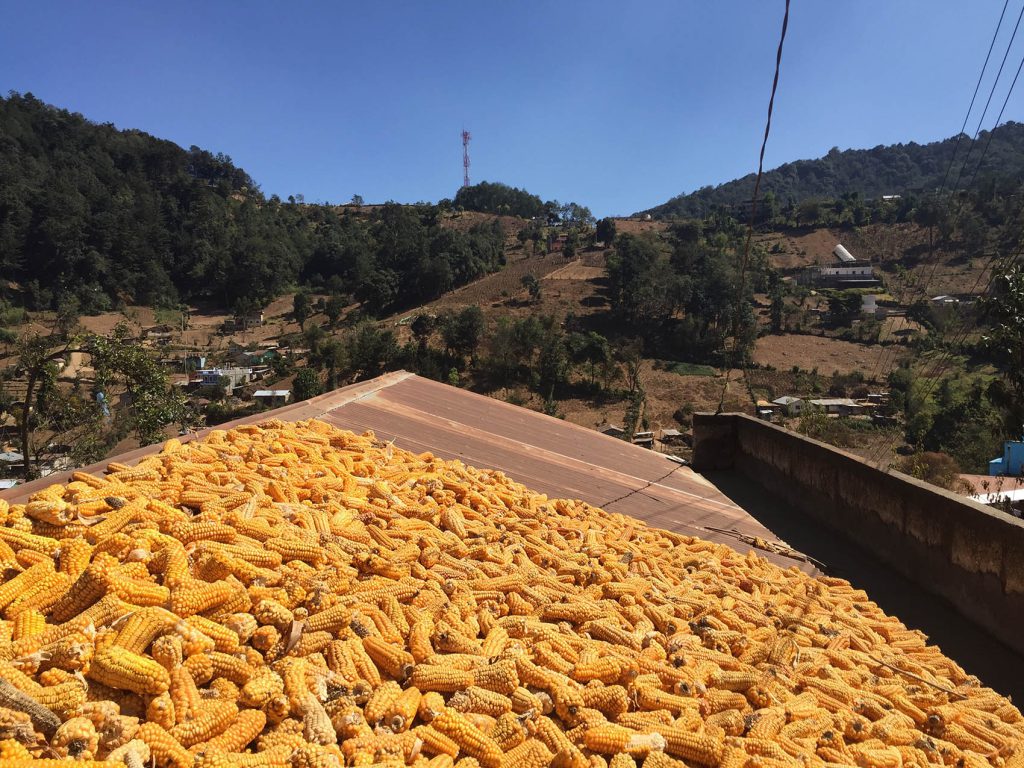
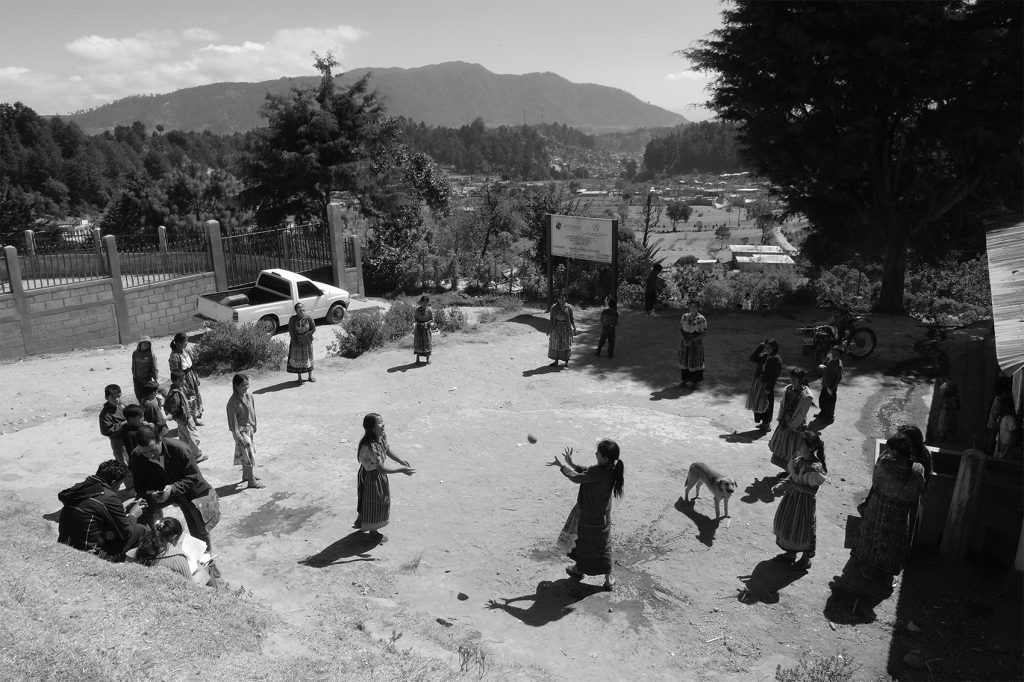
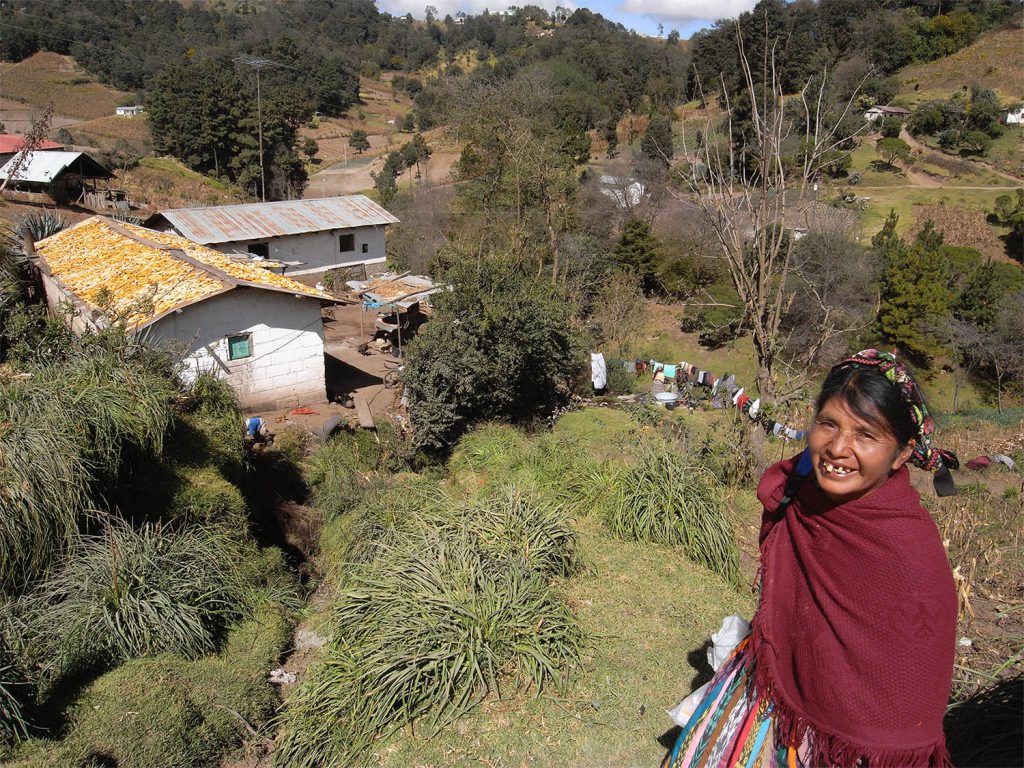
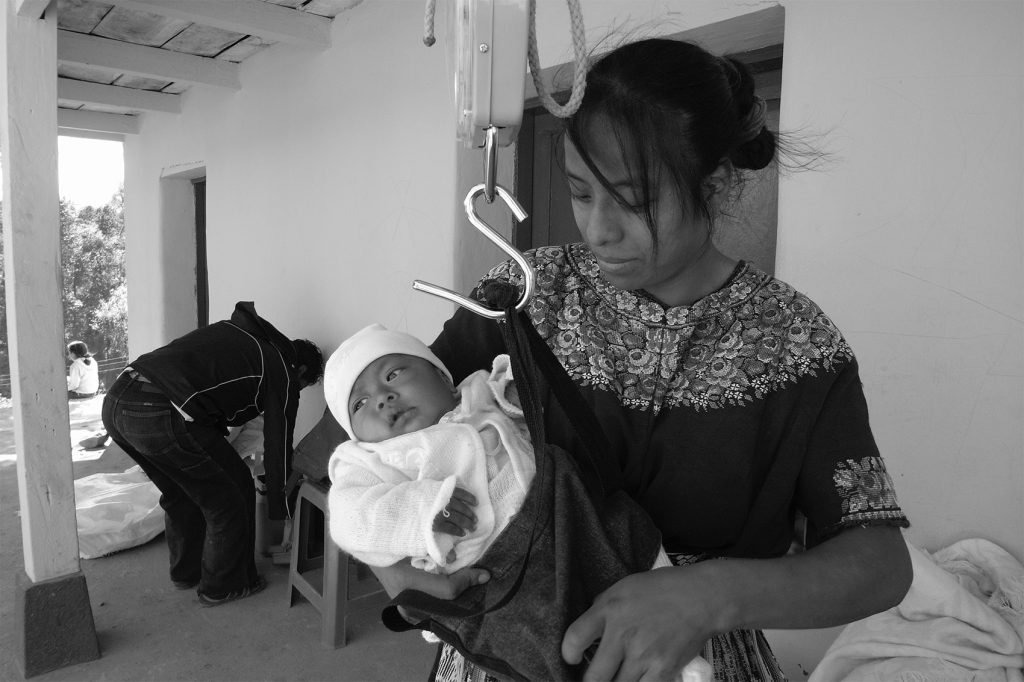
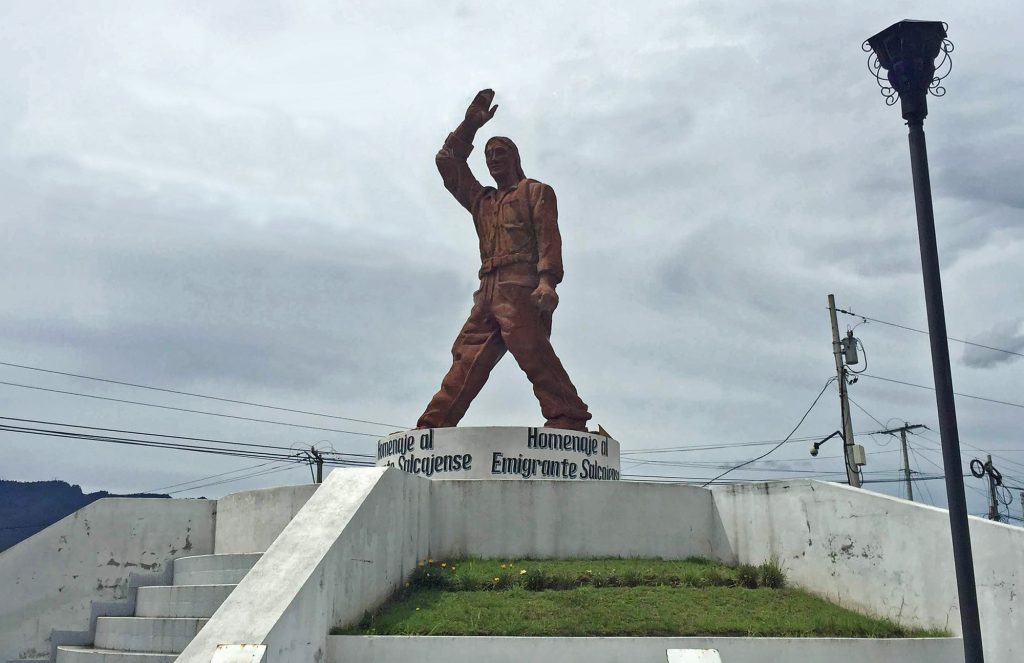
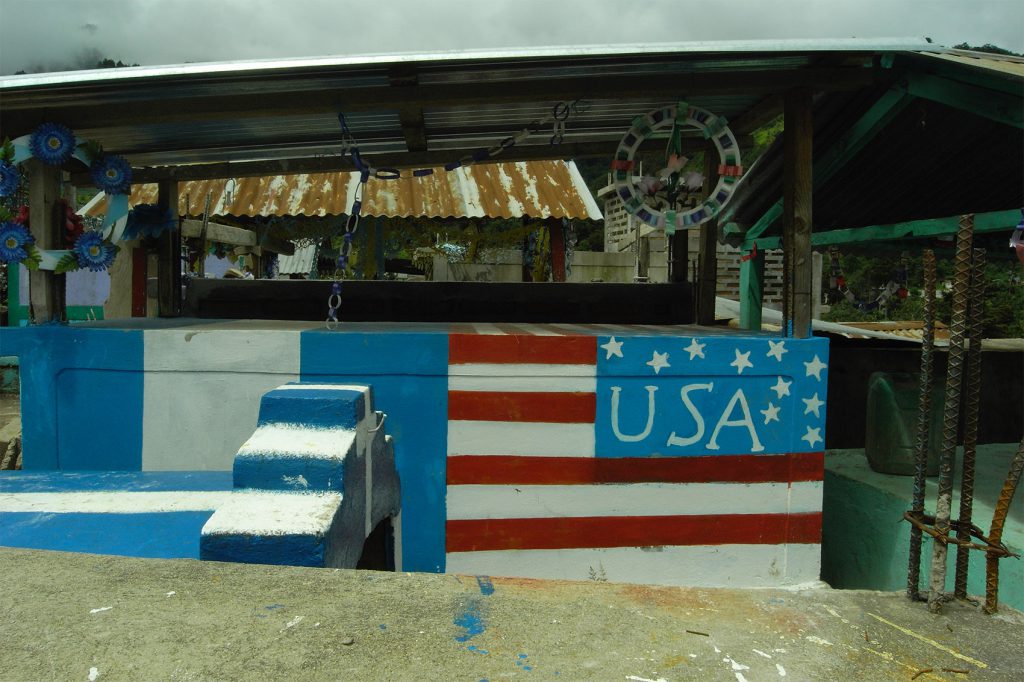
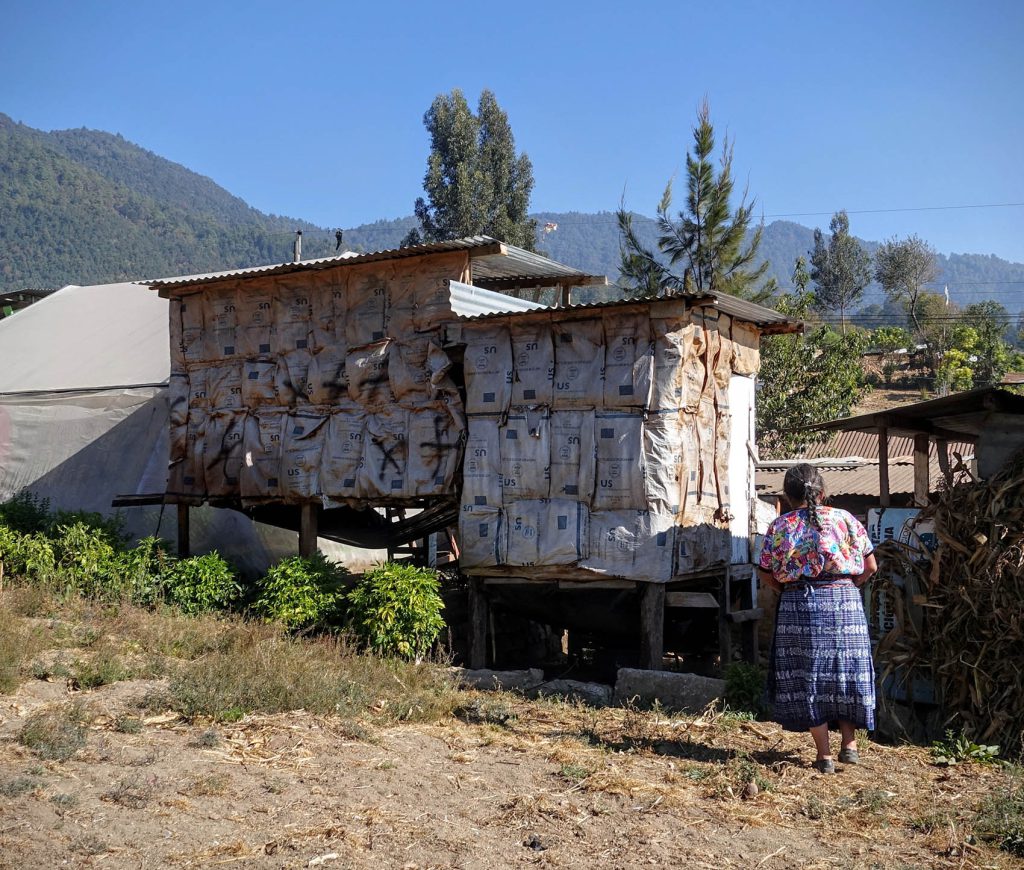
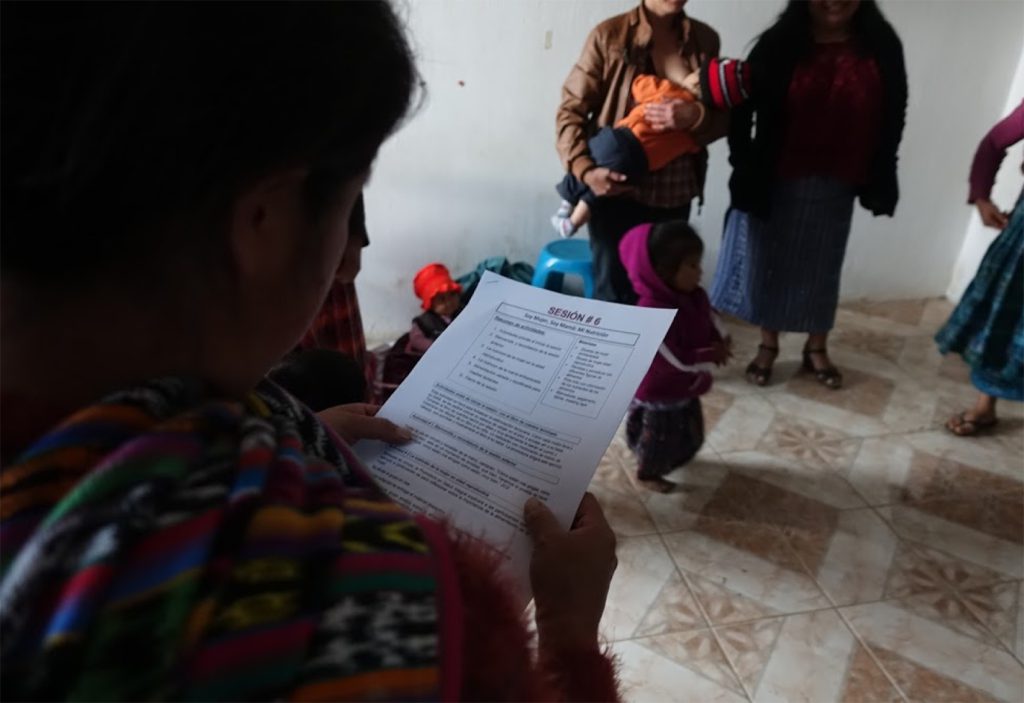
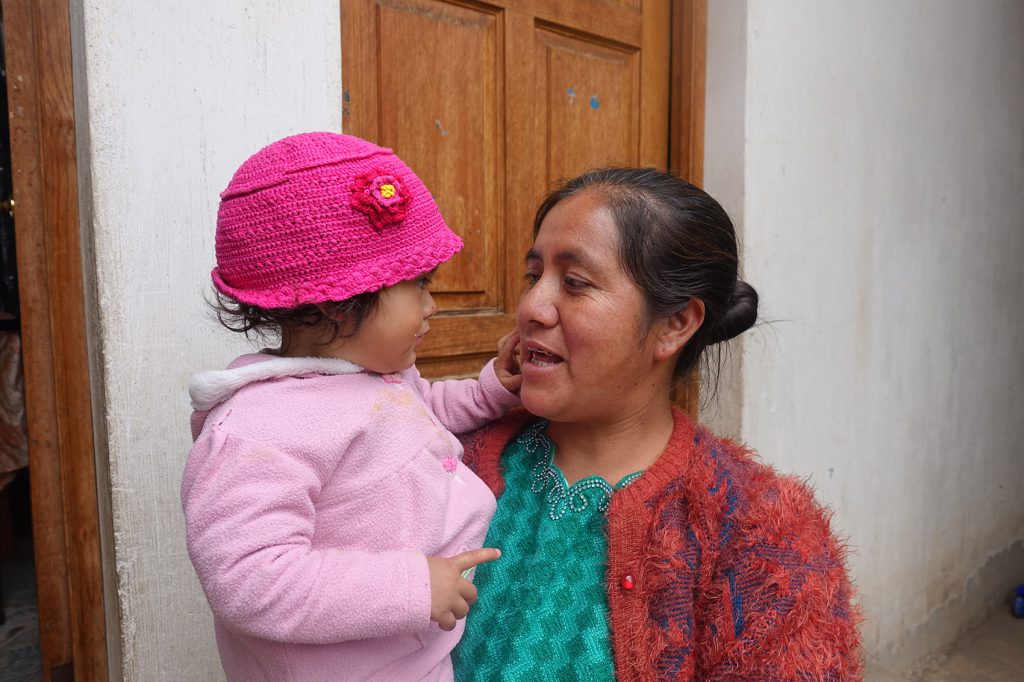
On May 23, a bystander filmed 20-year-old Claudia Patricia Gómez González after a U.S. Border Patrol agent shot her in the head. The young woman had recently crossed into Texas from Mexico, and she was unarmed. In an article published soon after her death, her mother, who still lives in Guatemala, described her as “naughty and cuddly and playful,” adding that “she loved to draw and sing.”
Gómez González grew up in the mountains of San Juan Ostuncalco, a municipality in Guatemala where residents are predominantly Maya-Mam (the fourth largest of Guatemala’s 22 Indigenous Maya groups). San Juan Ostuncalco’s communities are set in high-altitude volcanic mountains and are some of the poorest in Guatemala. I study maternal health care in Gómez González’s community, La Unión Los Mendoza, and the wider Mam highlands as an anthropologist, living and speaking with people in the region. During the past two decades, I have met many women who fit Gómez González’s mother’s description of a loving and determined daughter who was harmed by the militarization of American borders.
Weeks before Gómez González was killed, U.S. Attorney General Jeff Sessions announced that anyone entering the U.S. without documentation would be charged with a crime—even those requesting asylum. This announcement came as part of a broader push by the Trump administration to penalize border crossers. The number of people apprehended at the U.S.-Mexico border in August 2018 was up 52 percent from August 2017.
Women and families have been fleeing Central America, in particular, in record numbers. And in recent months, the Border Patrol has documented the separation of 2,617 immigrant children from their parents, with new cases still being reported. Between October 1, 2017, and August 31, the U.S. government arrested 42,757 Guatemalans who came to the U.S. with family members—the highest number of migrants with families from any one country. As this article goes to press, a caravan of roughly 7,300 people, all of whom are reportedly from Central America, is traveling through southern Mexico with the aim of reaching the U.S.-Mexico border. Many say they are fleeing unsustainable conditions in their home countries.
U.S. policies that criminalize such migration ignore the longstanding relationship between the U.S. and Central America. During my time in Guatemala, I have learned that Maya-Mam residents have extensive knowledge of the history of U.S. intervention in their communities. Most U.S. media outlets characterize migrants as fleeing Guatemalan violence and impoverishment for a country where they do not belong. For many Guatemalans, they are fleeing circumstances that are American-made. Their claim to the U.S. is legitimate, they believe, because they fit the conditions for asylum. They also identify with the U.S. because its government has extensively shaped their daily lives—long before they attempt to cross the U.S.-Mexico border.
Their stories, my research, and investigative reports from human rights groups and others reveal how policies and U.S. political interventions of the past—and the present—have led to malnutrition, maternal and infant mortality, fractured communities, deep-rooted violence and corruption, and the loss of loved ones among Indigenous peoples living in the highlands. Those who leave for the U.S. are fleeing these conditions, which have been inflicted upon them, and doing what they must to survive.
Early in 1999, when I first lived in the highlands, two stories dominated Guatemala’s news. The first focused on a recently released report from the Commission for Historical Clarification (CEH), a U.N.-supported truth commission tasked with investigating the events of more than three decades of war, from 1960 to 1996. After almost a year of investigation that included interviews with 11,000 people, the independent commission concluded that military and paramilitary groups were responsible for 93 percent of the more than 200,000 war-related deaths.
The commission’s conclusion that the violence was almost entirely carried out by state forces countered the popular narrative that an ideological battle between communism and capitalism had split the country in two. This narrative held that the war entailed insurgents, or guerrillas, on one side fighting for land redistribution and counterinsurgents on the other purportedly defending the rule of law. The CEH instead found convincing evidence of genocide. Of the 42,275 killings it documented, 83 percent of the victims were Maya.
The truth commission concluded that acts of violence “were not only an attempt to destroy the social base of the guerrillas, but above all, to destroy the cultural values that ensured cohesion and collective action in Mayan communities.” Indeed, Benito Ramírez, a prominent Maya-Mam community leader with whom I spoke that first spring I was in Guatemala, warned me not to call the war a “civil war,” which would imply that the country was torn in half. Many newspapers and government sources had framed the war in such a way. As I would come to learn firsthand, the destruction was one-sided: Maya people were the main target of violence. The conflict was a racial war with a primary objective of killing Indigenous peoples.
The second dominant story that spring described U.S. President Bill Clinton’s formal apology on behalf of the U.S. government for actively supporting Guatemalan military forces and intelligence units during the repression and violence. The truth commission had concluded that the U.S. had provided the Guatemalan government with extensive financial, intelligence, and military assistance throughout the war.
This second news story spoke to longstanding ties between U.S. and Guatemalan political elites. These had intensified in 1954 when two white American brothers—Allen Dulles, the head of the CIA, and John Foster Dulles, the secretary of state—helped to depose Guatemala’s second-ever democratically elected president, Jacobo Árbenz. The Dulles brothers were among many prominent U.S. political figures who had financial ties to United Fruit, a U.S. plantation company that controlled vast amounts of Guatemalan land. Árbenz, who was raised in the highlands near where Gómez González was from, had supported efforts to return land to Indigenous peoples, who had been dispossessed from their lands under Spanish rule. His popular agrarian reform goals threatened the economic interests of United Fruit and the political interests of the United States. The U.S. government conspired with a mercenary army led by an exiled, right-wing officer to remove Árbenz from power, thus ending any movement toward land redistribution and broader economic equality. Another U.S.-backed coup occurred in 1963, and before long, anyone in Guatemala speaking against human rights abuses was putting their life and community in danger.
Declassified government documents implicated the U.S. government in Guatemala’s terror. U.S. military strategies of torture and violence honed during the Vietnam War directly shaped the Guatemalan military’s approach to war. Between the 1950s and 1980s, the CIA and the U.S. Army Special Forces known as the Green Berets trained Guatemalan military officers in techniques of brutality, with stunning efficacy. The CEH report singled out the U.S. Army School of the Americas for vicious counterinsurgency training and for explicitly encouraging the violation of human rights. Guatemalan armed forces committed 626 massacres (defined as the execution of five or more defenseless individuals) against Maya people, often also destroying their homes, crops, and livestock. The truth commission estimated that as many as 1.5 million people were displaced between 1981 and 1983 alone. Disappearances were another means of spreading terror, as thousands of people began to vanish throughout the country—many gone without a trace.
During Guatemala’s armed conflict, ethnic violence in Guatemala specifically targeted women because they were viewed as being responsible for biological and cultural reproduction, as anthropologists Carol Smith and M. Gabriela Torres have shown. (The same is true today.) Indeed, roughly one-quarter of the victims of Guatemala’s wartime human rights violations and violence were women, the commission reported, many of whom died gruesome deaths. Opening “the wombs of pregnant women” was one of the grotesque strategies the military employed. Sexual violence was another tactic of terror. Men raped more than 100,000 women during the war.
At the time of the CEH report and Clinton’s subsequent apology in early 1999, I lived in a mountain community in northwest Guatemala with a Maya-Mam woman named Maria, whose last name has been omitted for privacy. She had been pregnant with her third child when her husband left for the United States, three years before I arrived. Unable to sustain his family on their small plot of land, he was desperate for employment. Poor, Indigenous Guatemalans were rarely granted U.S. visas, and he had left without documents. He crossed more than 1,500 miles in Mexico before making it to the U.S. and eventually settling in Grand Rapids, Michigan.
A story that received little media attention in the spring of 1999 was about Guatemalan farmers—how men like Maria’s husband were being squeezed off their land. The 1996 Guatemalan peace accord that officially ended the war was celebrated for bringing peace to the country, and many people who had sought refuge in Mexico began to return. But the late 1990s also saw a spike in migration as Guatemalans tried to escape crushing poverty.
Trade liberalization driven by the World Bank’s 1980s structural adjustment policies had reduced barriers to imports from the U.S. As corn from the U.S. flowed into Guatemala, it diminished the value of locally grown crops, forcing countless rural farmers into debt or financial ruin. Farmers could no longer earn enough from their crops to survive. Maya-Mam Guatemalans I lived among saw the expansion of free trade as an economic extension of the genocide waged against them.
“We have no future here,” Maria told me in 1999. “If I could leave too, I would.” She was among many who experienced the new wave of poverty as a continuation of the earlier war.
Many Guatemalans I met at that time felt Clinton undermined his promise that the U.S. would not repeat the mistake of supporting campaigns of repression when he simultaneously pushed for the expansion of trade liberalization. Later that year, the World Trade Organization meeting in Seattle, Washington, drew massive protests as activists rallied against proposals to further deregulate international trade. Critics from around the globe—labor unions, farm workers, and students, among others—voiced concerns about the negative impacts. And Indigenous leaders warned how the flood of cheap consumer foods would upend their people’s traditional ways of life.
But having lived through decades of open warfare, Guatemalans generally did not protest. Instead, they fled.
A decade after my first visit to Guatemala, after years of annual travel to the country, I moved to Guatemala to study how chronic violence was affecting people’s health. Histories of violence touch all aspects of highland life, and decades of suffering and precariousness have taken a toll on people’s bodies. Diabetes, heart disease, gastritis, and cancer are, in large part, caused by the physiological stressors of poverty and racism. Women, especially, bear an impossible burden: The government holds them responsible for the futures of their children, even while undermining the possibilities their children might have.
The maladies people suffered from were difficult to treat, so I was surprised by how much time we spent laughing. The women I lived among taught me that even in conditions of tremendous oppression, sovereignty remains.
As part of my research, in 2008–2009, I linked up with a government-sponsored health project that made daily trips to deliver nutrient supplements and basic health services to San Juan Ostuncalco communities, including the one in which Gómez González was raised. Guatemala has the third highest rate of chronic malnutrition in the world, according to UNICEF, and San Juan Ostuncalco’s rate is among the highest in the country. Long-term persecution of midwives has contributed to staggering rates of maternal mortality as well. “These villages are so neglected,” a city doctor told me, overlooking the transnational political forces that have kept these communities poor and vulnerable.
And the violence has not subsided. Guatemalans point to a culture of impunity cultivated during the war that continues to foster the widespread murder and abuse of women: The rate of femicide is the third highest in the world. An average of 62 women are reportedly killed in Guatemala each month. Grandmothers tell me that violence against women was not a given in their youth, pointing out that they have no Mam word for the term violence. (Instead, they use the Spanish word violencia.) Today nearly every woman in the highland communities has a story about someone they love having been harmed. Several studies of women in the Western Highlands have found that a majority have been battered both sexually and physically.
Still, in the face of these difficult circumstances, women who stay in Guatemala manage to hold on. They comfort each other through heartbreak, hardship, and violence. When one woman found work that was a few hours away, her community members stepped in to nurse her baby. When a small girl was raped in the cornfields, the community set up a neighborhood watch. Everyone does what she can to make sure each other’s daughters go to school. They labor in one another’s gardens and share household tasks, such as cooking and shopping. They tell stories and jokes to make each other laugh—and to recover lost memories and rebuild futures that have been taken from them.
“We will survive, we will survive, we will survive,” many have repeated to me during interviews, willing that it be true.
Migration has been a key survival strategy, not only for those who have left the country but also for those who have stayed. In 2017, US$7.5 billion came to Guatemala, predominantly from Guatemalans living in the U.S., and that is expected to increase 10 percent in 2018. Several communities in the Maya highlands rank among those where families receive more remittances than in other regions of the country, and most of the money is spent on basic household needs.
When I began to travel to Guatemala in the 1990s, most of the people leaving for the U.S. were men. Over the years, I have seen the demographic of the emigrant change. Wives follow husbands, daughters migrate to reunite with parents, and entire families pursue economic and educational opportunities they are excluded from in Guatemala. And plenty of women leave not to follow, but to flee.
Women are, however, fleeing one impossible condition for another. The estimated incidence of rape among Central American women and girls along the migrant trail ranges from 6 in 10 to 8 in 10. These statistics are difficult to collect with confidence, but many reports echo something I have also heard in Guatemala: Rape is so common that women are counseled to take contraceptives before they leave.
Donald Trump’s chief of staff, John Kelly, has said “a big name of the game” at the border is “deterrence,” making borders frightening enough that people will stay away. For Guatemalans, migration is not a game. Everyone who leaves is already terrified of the dangerous journey. The death of Gómez González has been the most publicized from San Juan Ostuncalco, but two other residents are known to have drowned attempting to cross into the U.S. in May and June of this year. As the Maya-K’iche’ anthropologist Irma Alicia Velásquez Nimatuj has written, Guatemalan children “leave because they want to break the curse that steals their dreams.”
More than two decades after the signing of the peace agreement, the same “racist prejudices” that the truth commission found were a driver in the war against highland people remain strong. In May, the U.N. High Commissioner for Human Rights issued a statement expressing concern about the assassination of Indigenous community leaders. So far this year, 21 human and environmental rights defenders have been killed in Guatemala. Human rights organizations and activists say the government has not investigated these crimes or protected those who are targeted. Observers have pointed out how justice is being eroded by connections between U.S. and Guatemalan politicians.
In August, Guatemala’s president Jimmy Morales announced the expulsion of the U.N.-backed International Commission Against Impunity in Guatemala. The commission has been instrumental in holding Guatemalan politicians to account for their crimes. Several news outlets reported that at Morales’ announcement, army vehicles that had been donated by the U.S. were deployed—a clear sign of intimidation, as some noted. The day after Morales announced his decision, U.S. Secretary of State Mike Pompeo declared his appreciation for Guatemala’s “security” efforts.
Yet as the events of the last several months illustrate, within the U.S. immigration system, human rights abuses continue. In the months following Sessions’ “zero-tolerance” announcement, news reports circulated of U.S. detention guards sexually abusing asylum-seeking Guatemalans. In late May, the ACLU released a report detailing widespread abuse against immigrant children, describing what it calls a “culture of impunity” among U.S. border authorities. Officials have also reportedly discouraged parents from applying for asylum, telling them that they will lose their kids if they do. As of early July, 61 girls were described as having been kept in cages—called “iceboxes” because they were so cold—where guards refused to comfort them.
In addition, in late September, hundreds of migrant children were moved to a tent city in the desert of West Texas, with no schooling and limited access to legal services. The U.S. government has continued actively separating families, even after indicating it would end the practice. Nearly three months after a federal judge ordered the Trump administration to reunite children and their parents, the ACLU reported that more than 400 children were still in the care of the Office of Refugee Resettlement. For at least 279 of these children, their parents were no longer in the United States. The location of many was unknown.
The swell of public outcry against this violence and against the separation of migrant children from their parents marks this as a historic moment, but U.S. violence against Guatemalans has a long history. In the two decades I have traveled and worked in the highlands, residents have advised me to observe how the genocide against Indigenous peoples in Guatemala is not yet over. In learning how to look—and listen—I have seen how the U.S. government continues to shape Guatemalan ways of life, encouraging a climate of violence. Guatemala’s war was always, in part, a U.S. war. Now violence against Guatemalans is visibly happening within the U.S. too.
It is time for U.S. citizens to take responsibility for the political past of the United States. Ending genocide and its concomitant violence against women will be a long and difficult process, but one critical step is clear: The U.S. must allow Guatemalans, whose lives have been torn apart by U.S. involvement in their country, to safely enter the U.S. They should be supported through the process of applying for asylum and rebuilding their lives. This will not make up for what the U.S. government has taken from them, but it will help to bring stability to the U.S.-Mexico border (and beyond). What happened to Claudia Patricia Gómez González should never happen to anyone again.


